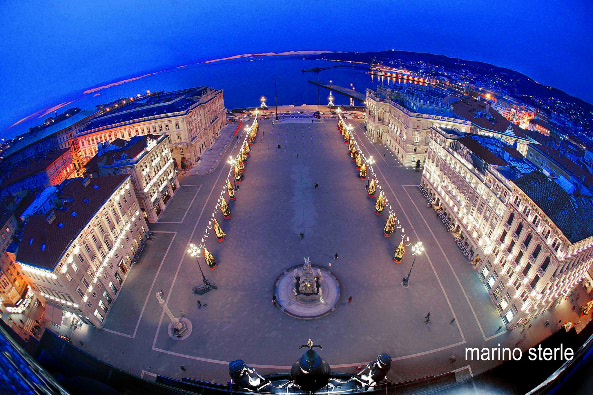“Can we (re) construct predict the extent of the past and future ice shelves?”

Workshop notes
“Can we (re) construct predict the extent of the past and future ice shelves” Flo Colleoni, Paolo Stocchi, Laura De Santis
Aims of the workshop:
This workshop was cross-disciplinary and intended to discuss dynamical aspects of past iceocean- atmosphere-continental margins interactions of the Antarctic ice shelves and how to use this knowledge to fill the identified gaps and foster the tight collaborations between modellers and geologists/geophysicists.
The workshop was articulated around three main questions:
QUESTION 1: How to better constrain the grounded ice volume and the timing of ice shelves retreat under different mean climate states, with different extreme and moderate orbital configurations and greenhouse gas concentrations?
QUESTION 2: Can we determine the relative importance of each processes amongst surface mass balance, calving and ocean-induced basal melting under different mean climate states?
QUESTION 3: How to integrate the various timescales and model complexities to better estimate the future tipping point of the WAIS and EAIS Six speakers contributed to provide the framework of those questions:
Phil Bart - question 1 (observations) "Geologic and geophysical constraints on the post-LGM retreat of grounded and floating ice from eastern Ross Sea”
Bas de Boer - question 1 (models) "The stability of the Antarctic ice sheet in the Pliocene depending on modelled ocean temperatures and climate”
Sandra Passchier - question 2 (observations) "Sedimentological proxies of Antarctic continental aridity, melt supply, iceberg concentrations, and ocean circulation under different mean climate states and their relation to surface mass balance, calving rates, and sub-ice shelf basal melt”
Andrea Bergamasco - question 2 (models) "Ice-Shelves environment: balance and variability induced by multi-phase processes”
Frank Lamy - question 3 (observations) "Changes in the westerly wind belt and Antarctic Circumpolar Current on millennial to glacialinterglacial time-scales and relevance for Antarctic ice-sheets”
Gerrit Lohmann - question 3 (models) "Tresholds for the West Antarctic Ice Sheet-temperature and regional oceanography matters”
Outcomes of the workshop discussion
The discussion has been very interactive and participants stressed the need for further crossdisciplinary discussions. To our opinion, there is a lack of communication about what the modelling community can provide with to geologists, what numerical models are and how much weight one can associate with modeling results (we are not talking about numerical uncertainties here). This call for further frequent discussion and efforts from the modeling community to explain better their approaches. Below, we report with bullet points the main points that were raised during the discussion from the audience:
Questions Paolo and Flo asked to the audience: - How can we set-up experiments, starting from simple models and with a gradual increasing physical complexities that may put the geologists/geophysicists and modellers together?
- What do geologists/geophysicists expect from the modeling community?
- What do modellers expect from the geologists/geophysicists?
- Are models able to catch up with current analysis of geological data?
- How to integrate data in multi-proxy frameworks in order to retrieve consistent dynamical climate scenarios to which uncertainties can be associated and use for the present-day and future climate communities?
- How ice-sheet/paleo-climate/GIA modellers could perform experiments in a way that geologists can use to constrain their own observations and indicate potential key sites for explorations?
Suggestions that came out from the discussion:
Ocean:
- Lack of connexion between continental shelf/regional circulation and open ocean circulation. How to jump from regional to global models at paleo-timescales (conservation of heat, mass, salt etc…)? - Find a trade-off between details/resolution in bathymetric/bedrock reconstructions and ocean/ice sheet processes to be simulated/analysed. - Determine how large are continental shelves in different climate states to estimate/analyse the negative feedbacks between freshening of the shelves waters and the intrusion of CDW: proposed sensitivity test with models to test those feedbacks.
Global system:
- Trade-off in model complexities: many models used for deep past reconstructions cannot catchup properly with continental shelves/cavities complexities: focus on heat transport calculationhow much of it can reach the continental shelf? - Define a hierarchy of models with key processes/variables so to span different timescales (ocean and atmosphere?)
GIA: - Determine first order responses before getting to more complex calculations - To test GIA: should we pick-up one dataset and test it with different models? or pick-up several datasets to be tested with two or three selected GIA models?
Observations: - Define when data are enough or not to support the initial hypothesis/or investigate the process of interest - Define when data are good or not so to be used by modelling community
All Dates
- 2017-09-13

